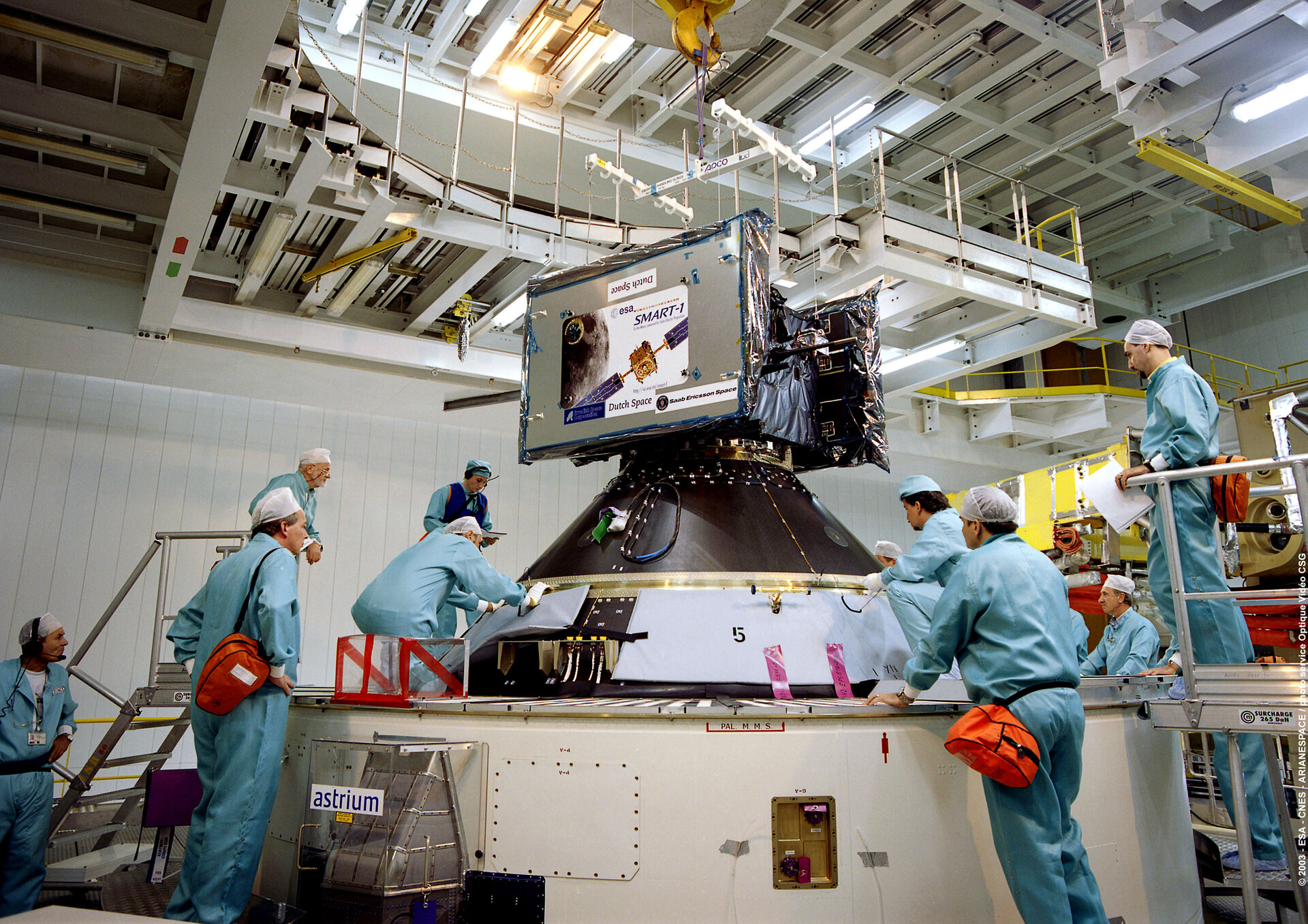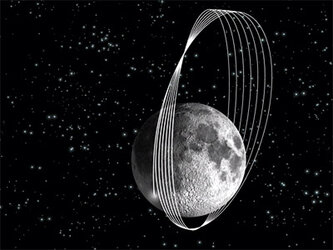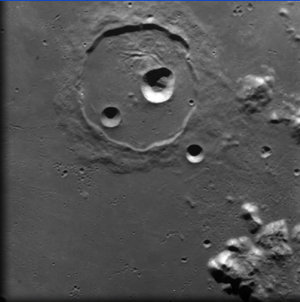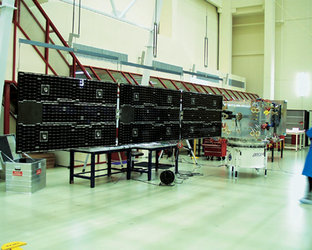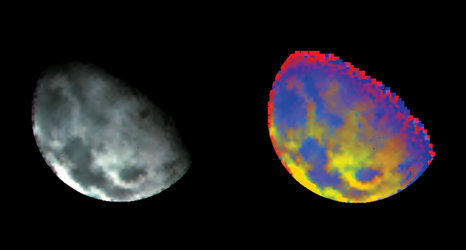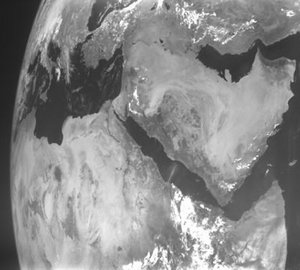SMART-1's little 'bon AMIE'
ESA's SMART-1 spacecraft is carrying scientific instruments that make use of state-of-the-art concepts and methods of miniaturisation to save space and economise on mass, including a new camera, the AMIE.
Miniaturisation is an everyday feature of our daily lives. Whether it is in cars, dishwashers or home digital cameras, everything is increasingly more compact and automated.
The economics of this approach can also play a part as, in space, smaller can mean cheaper and ‘smarter’. The mass and size of a proposed instrument can be crucial when deciding if it qualifies for a place on a science mission spacecraft.
Over recent years, the assessment of future space exploration missions has repeatedly shown that highly compact, lightweight and rugged instruments are needed – especially cameras. The Asteroid-Moon Micro-Imager Experiment (AMIE) experiment is SMART-1's opportunity to demonstrate such an instrument.
AMIE is an imaging system based on work done by ESA’s Technological Research Programme and developed by the Centre Suisse d'Electronique et de Microtechnique (CSEM), later to become Space-X, in Neuchatel, Switzerland.

The AMIE unit was miniaturised as much as possible because the SMART-1 payload had to meet very strict limits on mass. The final AMIE design is remarkably compact, a combination of dedicated optics, electronics and mechanical interfaces weighing only 450 grams. This feat has been achieved by using new technologies such as micro-mechanics, micro-optics and 3D-stack packaging.
AMIE consists of two parts: the micro-imager camera and a dedicated electronics pack. In the electronics pack, ultra-thin printed circuit boards are ‘sandwiched’ vertically. This allows everything required by the camera, from its Charge Coupled Device sensor to its connector, including all electronic components, to be fitted into a single multi-chip module.
The camera itself has a medium field of view of 5.3 degrees by 5.3 degrees and provides a high-resolution image at 27 metres per pixel from an altitude of 300 kilometres. The image measures 1024 x 1024 pixels. Data from the micro-imager are read and stored in the AMIE electronics, where they can be downloaded as required from the spacecraft.
Initially, AMIE was intended to just demonstrate the technology of a miniaturised imaging system, but now SMART-1 is in lunar orbit, it has been given significant science objectives. These include the study of the Moon's morphology, topography and surface texture.
By looking at selected regions from different angles, in different wavelengths and under different lighting conditions, AMIE will provide new clues as to how the lunar surface has evolved. These studies will also be helpful for future observations of other planetary bodies, such as Mercury.


